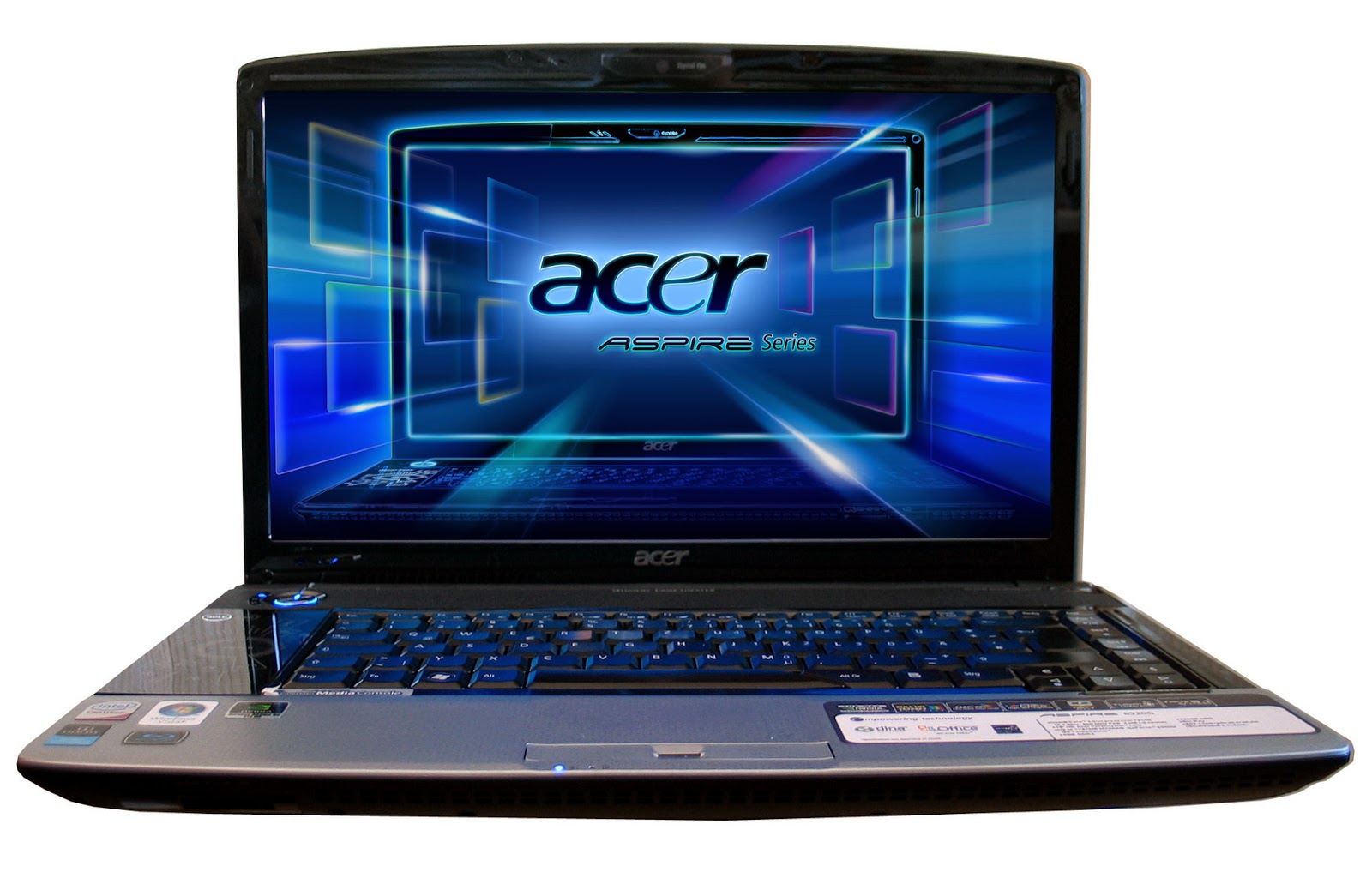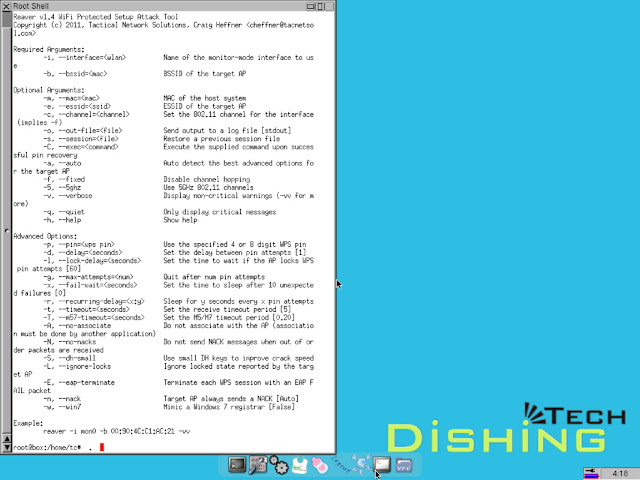

- #Create a tiny core linux usb for mac install#
- #Create a tiny core linux usb for mac update#
- #Create a tiny core linux usb for mac software#
- #Create a tiny core linux usb for mac download#
My suggestion is to use BleachBit, which can be found at. Once it has completed downloading you can extract it in the same folder.Īt this point, you need to clean up the system so there are no unneeded files which will be included in the image.


Once you are on the page you can click the ‘Clone or download’ button then click ‘Download ZIP’.
#Create a tiny core linux usb for mac install#
You will want to install the Guest Additions after the ISO file has been generated.
#Create a tiny core linux usb for mac download#
NOTE: If you do download the file on the Host system and intend to copy it across to the Virtual Machine you will need the Guest Additions. If you do copy it to the Host then you can set up a Shared Folder and copy it to the Virtual System. You can download it in the Virtual System or from the Host. Go to form the Linux Distro of which you want to make an image. Since everything is set as you like, it is time to make the image file. NOTE: Tweaks can include the configuring of programs such as the Internet Browser and other applications. Make sure your new settings are retained after the reboot. You can also perform a reboot to make sure all changes are set and saved as needed. You can delete the files in ‘/tmp’ if you want to save space. The wallpaper can be changed to a specific logo along with other tweaks specific to your roll-out. You can change any of the System Settings that need to be set on all systems.
#Create a tiny core linux usb for mac software#
Remove all software that is not necessary to be on the LiveCD. Keep in mind that any software you add will be on the LiveCD. If you get a long listing of parameters for ‘squashfs’ then it is already installed.Īt this point, you can add or remove any software. NOTE: You can open a Terminal and type the command ‘mksquashfs’.
#Create a tiny core linux usb for mac update#
Sudo apt install squashfs-tools You may not need to perform an update if you selected to install updates during the Linux installation, but it won’t hurt to do it again. To check if your Kernel supports it you need to run the following command in a Terminal: The main issue some may have is that to create a LiveCD your Linux Kernel must support AUFS. Once you have Linux installed under VirtualBox (or a hard disk), you can start Linux. I strongly suggest using VirtualBox to do these procedures. NOTE: After installation, you will want to perform software updates. Instead of using VirtualBox you can install your distro on a hard disk and follow the instructions as if you were running a virtual system. For the distro you want, you need to go to the specific website for the distro and download the ISO. NOTE: You can find instructions for VirtualBox at. The VirtualBox Storage should be ‘Dynamic’ and set to 10 GB. You can also keep the image active in a virtual machine to update the LiveCD as needed and create a new ISO after each update.įirst, you need to install VirtualBox and choose your Linux Distro. You will be able to save quite a bit of time overall. You can then perform one install on each system and not have to install Linux and then each application you require. No data can be saved to the storage media. The systems will revert to what they were when booted. Having the custom programs lets you perform Linux roll-outs on a large scale with pre-installed apps for public systems. When Linux is installed you will have all of the custom programs already installed. The process will allow you to install specific programs into the image.

You can also make an image to install to a hard disk. This means you can use the Linux Distro in RAM and not install it. If you haven't, a LiveCD is an ISO file that can be burned to a USB or CD and booted from to create a running version of Linux in RAM. Nearly everyone using Linux has come across a LiveCD of some type.


 0 kommentar(er)
0 kommentar(er)
